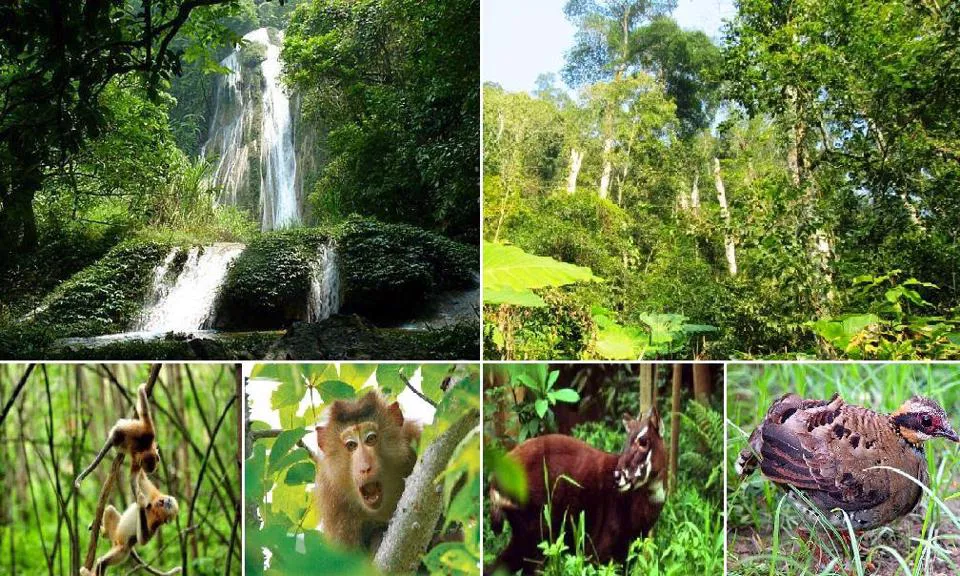Vietnam enhances prevention and fight against biodiversity crimes
With its sights set on 2050, Vietnam has set itself the goal of effectively restoring and preserving major natural ecosystems, threatened species, and precious and rare genetic resources.
Prime Minister Pham Minh Chinh signed a decision dated December 27, 2022, approving a project to boost prevention and fight against biodiversity crimes by 2030, with a vision towards 2050.
The project's objective is the successful application of the National Biodiversity Strategy for 2030, increasing awareness and responsibilities of public bodies, organizations, and legal persons regarding biodiversity and contributing to the conservation of ecosystems, fauna, flora, and genetic resources.
The competent authorities will deal with biodiversity-related crimes in line with international agreements and conventions to which Vietnam is a signatory.
The country is among the signatories to the Convention on Biological Diversity, the Convention on International Trade in Endangered Species of Wild Fauna and Flora, the 1989 Convention on Wetlands of International Importance, and the UN Convention on Combat Desertification.
Vietnam has set the target that major natural ecosystems, endangered species, and precious and rare genetic resources will be restored. Photo: baotainguyenmoitruong.vn |
Looking ahead to 2050, Vietnam aims to effectively restore and preserve key natural ecosystems, endangered species, and precious and rare genetic resources.
Earlier, the Vietnamese Government promulgated the National Biodiversity Strategy on February 8, which aims to increase the coverage of protected ecosystems to 9% of the country's land area and marine and coastal protected coverage to 3-5% of the total marine area. In addition, it is expected to maintain forest cover at 42-43% and restore at least 20% of the area of degraded ecosystems.
The country has also strengthened bilateral and multilateral cooperation on wildlife conservation, such as signing an agreement with South Africa in 2012 to end the illegal rhino horn trade.
Vietnam is home to 173 wildlife conservation zones, including 33 national parks, 66 nature reserves, and 18 species and habitat reserves. These zones cover more than 2.5 million hectares, which is expected to increase to over 3 million by 2030.
Five main groups of tasks and solutions
To achieve the set goals, Prime Minister Pham Minh Chinh’s decision outlined five key groups of tasks and solutions, including:
- Raising awareness and responsibility of agencies, organizations, and individuals in obeying the law on biodiversity.
- Refining, before the fourth quarter of 2023, the law on preventing crimes and offenses related to biodiversity protection.
- Strengthening the prevention of crime and offenses in biodiversity protection by 2030.
- Investing in facilities, equipment, and techniques for preventing crimes and infractions related to biodiversity protection.
- Expanding international cooperation in preventing crimes and offenses related to biodiversity protection, especially with countries that share borders with Vietnam.









